As a hotelier, you know Occupancy and Revpar (revenue per available room) data are fundamental to your bottom line. Such data helps you interpret and compare the profitability of your property from year to year. As a revenue manager, you can make educated predictions. This article will review the benchmarks of the past two years and will use 2019 data to project possible scenarios in 2022.
Introduction
For context, this data comes from a representative sample of 350 3 and 4-star Italian hotels which use the Franco Grasso Revenue Team consulting services and RMS. Additionally, these hotels boast 8+ on Booking.com and 4+ on Tripadvisor. Comparing these hotels using revenue management principles with those that don’t, provides a stark contrast.
The data for those hotels that don’t apply revenue management is available by cross-referencing external sources. Press releases and reports from local hotel associations, STR, and OTAs extranets provide insight.
While these hotels are Italian, you’ll see the observations are applicable anywhere, regardless of covid spikes and local restrictions.
The graph below summarizes the trend of the hotels that applied revenue management in the past two years. You’ll see that comparing 2020 and 2021 data with 2019 results gives a good basis for 2022 projections.
You’ll also see the pandemic trends characteristic of the past two years.
Setting the Stage: Flashback to Early 2020
As every hotelier knows, the pandemic devastated the hotel business. Many hoteliers chose to close temporarily rather than stay open and struggled with changing regulations. The graph shows the effect of the local restrictions from March 2020 to May 2020.
Yet, the data shows those hotels with a history of revenue management principles fared better than those who didn’t. Such hotels had the essential cash flow to stay open and survive months of losses. The cash flow also lets them keep online channels open and keep gathering the positive reviews of the few essential travelers.
During lockdowns, these hotels achieved 10-15% occupancy. That isn’t much, and it sounds negative. Yet, as you’ll see, it played out well for these hotels.
Summer of 2020 arrived along with a fade in the virus and reduced restrictions. Pent-up travel demands meant people wanted to get out again. The hotels that had remained open were ready to receive these guests due to maintaining their staff and online visibility.
These hotels reached occupancy rates between 60% and 90%. As a result, they could recover from some of the earlier losses. The hotels that reopened in time for summer didn’t apply revenue management techniques and continued to struggle. These latter hotels recorded losses and only booked 20%-40% occupancy.
Just as the hospitality industry regained footing, the cold weather arrived. As you know, the fall and winter saw an increase in infections and new governmental restrictions.
Yet, the hoteliers with revenue management adjusted. Better yet, they had replenished their cash flow.
A Tale of Two Hoteliers Between 2020 & 2021
As the new lockdowns hit, the revenue-managed hotels had cash in the bank again and could navigate the recent lockdowns easier. Throughout the second wave, these hotels maintained liquidity and had few or no layoffs at all.
Yet, those hotels that never employed revenue management were in dire straits. They had to lay off staff, and some closed for good. Still, others adopted a short-term business model of becoming a covid or quarantine hotel.
While such short-term business was helpful, it was at the expense of the longer-term profits. Since the hotels could only accept those who tested positive or had a quarantine obligation, they lost online visibility.
However, the hotels using revenue management methods maintained their advantage. They continued garnering positive reviews online, which helped them keep high conversion rates and retain staff. They saw 30% to 50% occupancy rates with essential and business travelers with less competition. Statistics show such occupancy rates are break-even between costs and revenues.
If the hotel can’t break even at those percentage points, there are usually two problems:
- Inefficient cost rationalization
- Lack of revenue management (ADR is too low)
Mass Vaccinations and Recovery Summer 2021
By July 2021, the immunity rate (percentage of vaccinated+recovered) was around 70%, and people were eager to travel. The hotels that’d stayed open reaped the benefits. Their online visibility remained high, and as governments dropped restrictions, these hotels reached or exceeded their 2019 results. It was time to take advantage of the return of several segments, such as leisure, groups, and MICE.
City hotels lagged due to attendance limits or hybrid events. This trend remained in force throughout the second half of 2021 until the achievement of a 90% of immunity rate in late December. However, the gap is minimal at only 8% from 2019 and the latter half of 2021.
Those hotels with a leisure focus (beach, mountain, lake, etc.) saw higher results than in 2019. As you can see below, occupancy, ADR, and RevPAR were all up.
Location Matters: City, Mountain, and Beach Hotels
Hotels everywhere had to adapt to shifting covid regulations. City and mountain hotels were most affected in the first part of 2021. Yet, those with revenue management in place saw a solid second half of the year. So strong that it saved the entire year for many hotels. These properties closed in 2021 with a positive gross operating profit (GOP.)
The below chart shows city hotels (with revenue management) closed in 2021 with an annual occupancy of around 60%. Such an occupancy rate led to a positive GOP even if RevPAR was lower when compared to 2019.
Yet, those hotels that closed and tried to reopen didn’t fare as well. Extended closures affected their online visibility, and these hotels saw revenue losses up to 70% compared with 2019.
The city hotels could rely on some essential travelers as guests. Leisure-based mountain resorts didn’t have that option yet, still grew their revenues so much in the second half of 2021 they had a positive GOP. All because they implemented revenue management before and during the pandemic.
The seasonal summer hotels fared well too. They closed in 2021 with a seasonal occupancy of around 70%, which made the final turnover much higher than 2019 (between 15 and 20%.) We see a similar trend with lake and countryside hotels.
One reason for the (outstandingly) positive GOP was these revenue-managed hotels’ strong online visibility. The positive reviews, higher ranking, and conversion rate, combined with smart revenue management practices, helped the hotel see significant increases in ADR compared to 2019. In some cases, as high as 30%.
Again, the hotels that implemented revenue management achieved a positive GOP and surpassed 2019 levels. Those that didn’t implement revenue management booked out fully on some peak dates as demand was high, yet, since they sold rooms at much lower prices than competitors, they lost out on potential revenue and closed 2021 with lower revenue than in 2019.
The End of 2021 and the Omicron Variant
By the fall of 2021, people are making holiday travel plans, and hoteliers are rubbing their palms together in eager anticipation. Then, the Omicron variant uprooted those plans.
Yet, things were different this time. Not only did hoteliers have a better handle on what to do next, but very few governments imposed lockdowns or special travel restrictions.
In the graph below Italian mountain, hotels had lower occupancy over the 2021 holiday period (December 20 to January 9) vs. the same time frame in 2019. It was a 75% vs. 80% difference. Yet, at +15% ADR, Revpar was +7% higher than in 2019.
While this means hotels sold fewer rooms, those rooms sold at much higher prices than in 2019.
Why were fewer hotel rooms sold than in 2019? There are two main reasons.
- The Omicron variant forced millions of people to cancel their travel plans. Many primarily asymptomatic people are quarantined at home due to exposure or a positive test.
- Some of these people were hotel staff, and many hotels had to reduce their capacity.
This brings us to the paradox. In 2020, hotels wanted 100% occupancy, but by 2021, labor shortages caused by Omicron contagiousness changed that goal. They didn’t want more guests than they could handle. Yet, despite these issues, many revenue-managed hotels still exceeded the winter holidays turnover of 2019 by 10%. Without Omicron, they could have achieved +30% or 40%.
What Hoteliers Learned in 2020 and 2021
There’s no question the past two years have been an enormous learning curve. It seems everyone has become a virologist-in-training. Hoteliers can take that data and apply it to 2022 financial projections.
For example, let’s summarize some basic biology we’ve learned over the past two years.
- Lockdowns and border closures failed to eradicate the virus, and they did postpone the spread but not without social and psychological collateral damage (1)(2).
- Warm weather tends to reduce the spread of viruses (3).
- The virus’s goal is to replicate as much as possible without killing the host cell. That’s why mutations tend to be more contagious but less aggressive than the original, as virus variants try to coexist with host cells (4) peacefully.
With these simple biology concepts, some hoteliers can make insightful predictions. Smart hoteliers started doing that in March 2020.
For example, some hoteliers realized that 4-5 months of maximum revenue through revenue management could save an entire year. Pre-pandemic revenue management and continuing it through the pandemic meant these hotels had financial stability. For this reason, some also received benefits from banks and governments like subsidies or tax credits.
While open, they continued to maintain online visibility and collect reviews. When restrictions loosened, they had higher visibility due to their continuous operations (and recent reviews.) These hotels also managed to keep their staff during the worst crisis in tourism’s history.
Those hotels that didn’t practice revenue management faced a different reality. They lost their online visibility, which pushed them down in the online rankings, and they had to fire staff. Upon reopening, they had to compete with other hotels to find qualified employees and train them.
In comparison, the positive cash flow that revenue-managed hotels enjoy allowed them to continue investing. Such hotels have renovated their rooms and technology and upgraded their service to wow their guests.
The hotels without revenue management fought for survival.
Hotel Revenue Forecast for 2022
Assuming there are no other significant variables (sociopolitical tensions, natural disasters, etc.), 2022 revenue forecasts rely on pandemic trends. Hotels stand to reap the benefits of fewer mandated quarantines.
Those hotels that practiced revenue management pre-pandemic, and continued it, found they could increase 2022 turnover by at least 10% vs. 2019 numbers. If mandated quarantines for vaccinated or recovered asymptomatic people who test positive disappear (5)(6), that number can go as high as 40%.
Now we’re at a shift in the pandemic. Emergency measures are subsiding, and as covid become endemic, we’re learning to live with it. In this context, the quarantine hotel business is likely to end soon. The hotels that never practiced revenue management or stopped it during 2020 either relied on government aid or became quarantine hotels.
Some of those hotels won’t survive. Still, others will struggle and see significant declines in turnover when compared with 2019.
Some hoteliers hold a false belief. That belief is that revenue management is only something to manage demand. By that logic, if there’s no demand, it’s useless. Yet, nothing could be further from the truth.
If anything, this study shows revenue management puts hoteliers in the driver’s seat no matter what happens.
Free Ebook: 5 Revenue Management Tips for City, Beach, Mountain & Countryside Hotels
Those that practiced revenue management and stayed the course have come out ahead. Plus, with less competition due to so many hotel closures, they’ll continue to profit as tourist demand returns to 2019 levels. For the hotel industry, revenue management offers new opportunities to maintain visibility, stay profitable and grow revenues no matter what happens worldwide.
More Tips to Grow Your Business
Revfine.com is the leading knowledge platform for the hospitality and travel industry. Professionals use our insights, strategies, and actionable tips to get inspired, optimize revenue, innovate processes, and improve customer experience.Explore expert advice on management, marketing, revenue management, operations, software, and technology in our dedicated Hotel, Hospitality, and Travel & Tourism categories.
This article is written by our Expert Partner Franco Grasso
Partner PageReferences:
(1) https://www.wsj.com/articles/zero-covid-coronavirus-pandemic-lockdowns-china-australia-new-zealand-11628101945
(2) https://www.straitstimes.com/singapore/politics/spore-must-press-on-with-strategy-of-living-with-covid-19-and-not-be-paralysed-by
(3) https://www.frontiersin.org/articles/10.3389/fpubh.2020.567184/full
(4) https://news.northeastern.edu/2021/12/13/virus-evolution/
(5) https://www.cdc.gov/media/releases/2021/s1227-isolation-quarantine-guidance.html
(6) https://www.reuters.com/business/healthcare-pharmaceuticals/uk-pm-johnson-says-end-covid-self-isolation-requirement-this-month-2022-02-09/


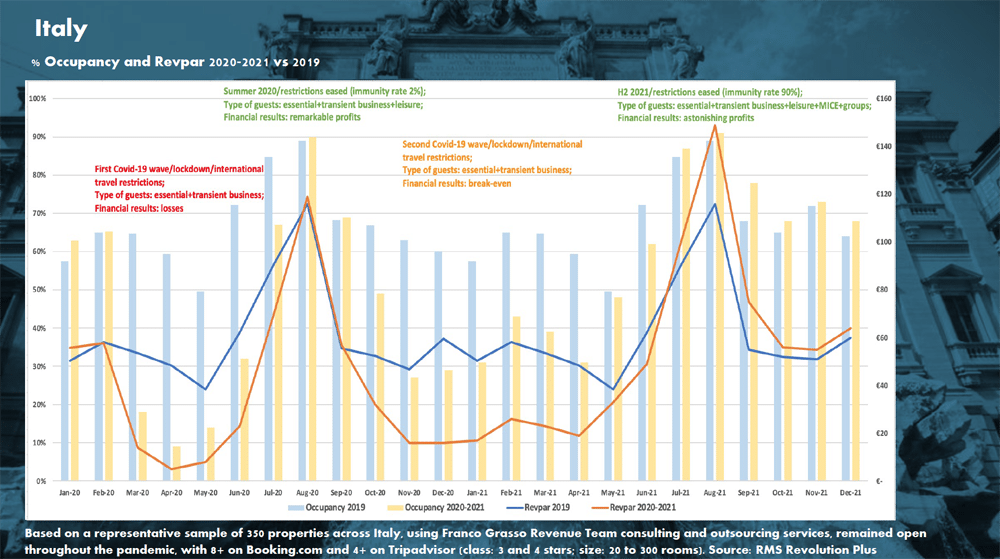
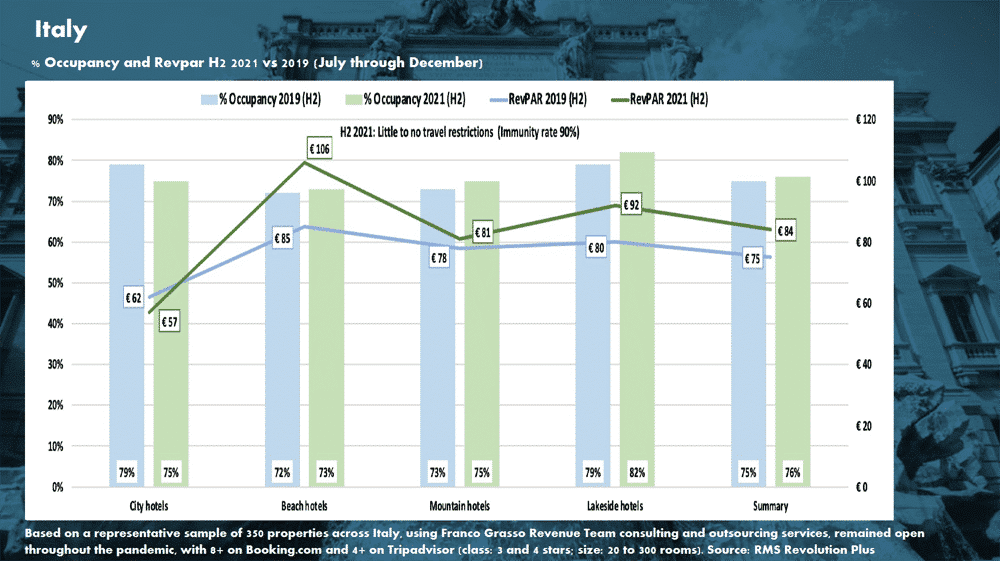
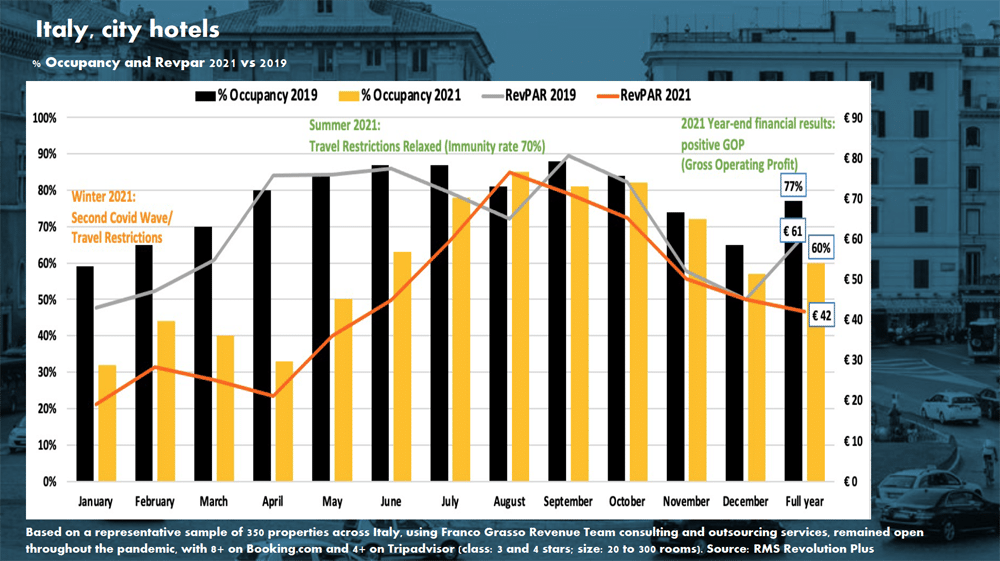
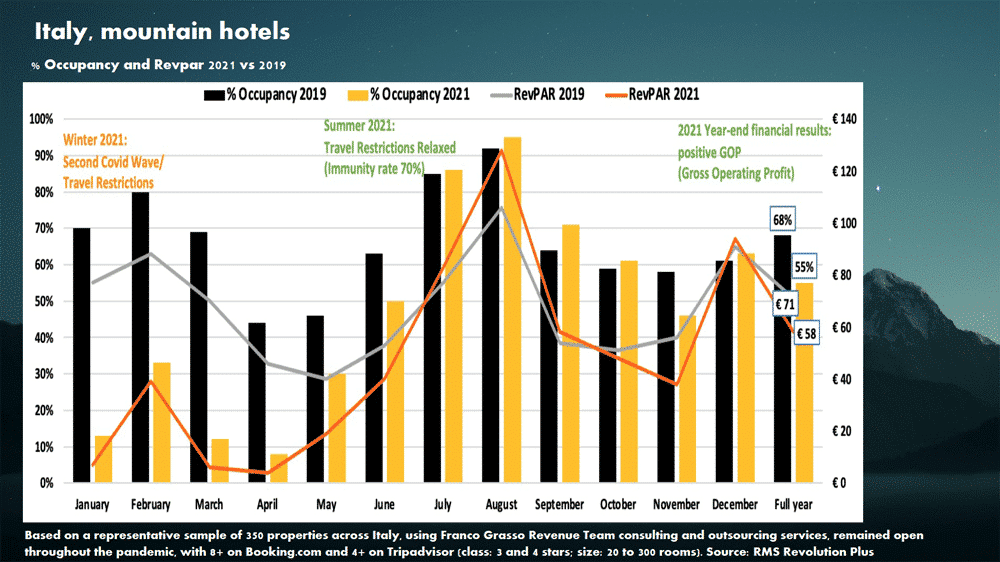
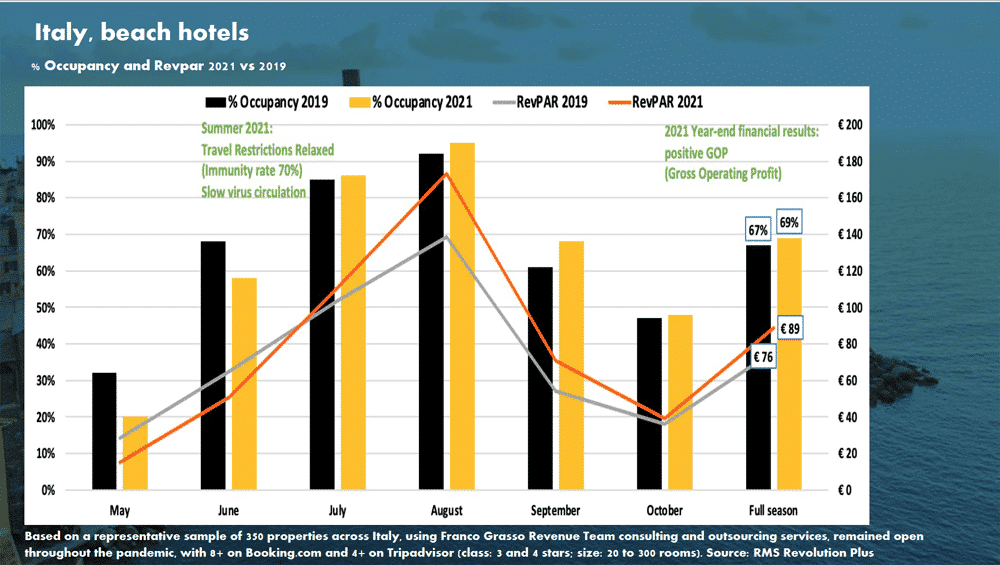
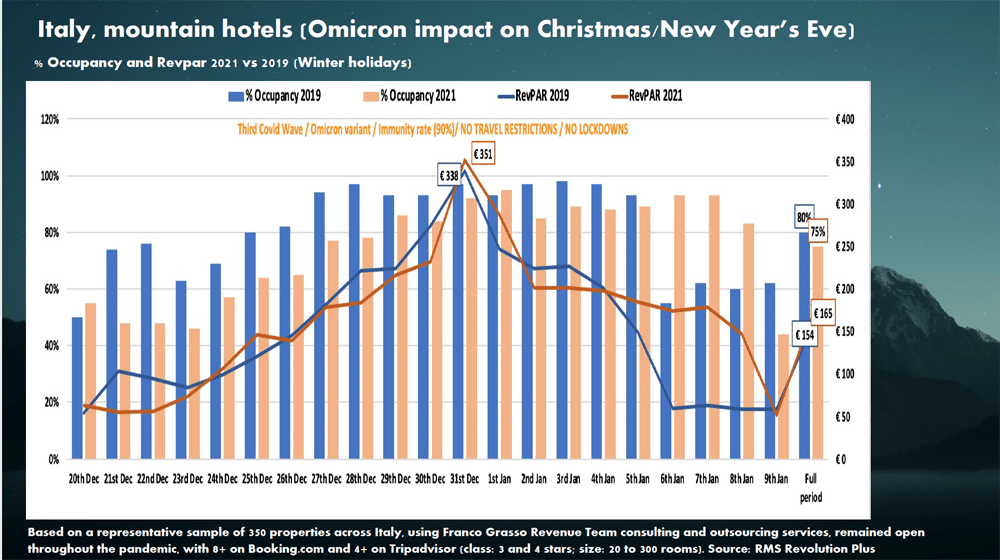
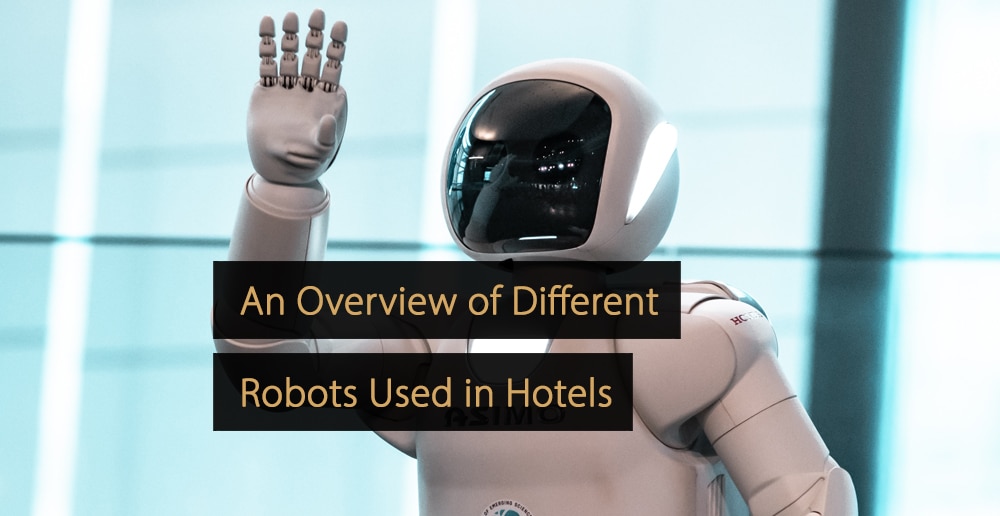


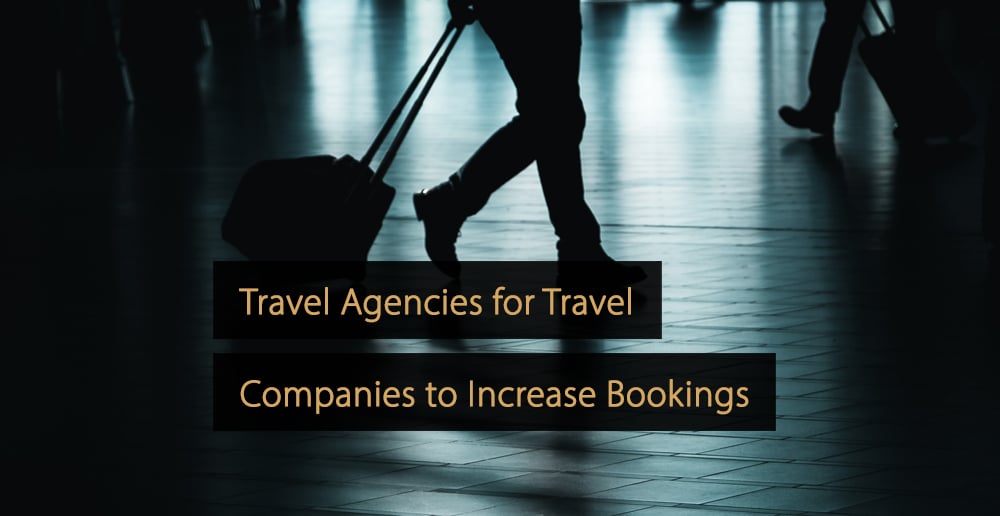


Leave A Comment